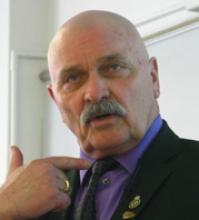

Davisson of the Bell Telephone Laboratories, who had arrived at the same conclusions by a different kind of experiment.

For this work he later shared the Nobel Prize in Physics with C.J. At Aberdeen he carried out experiments on the behaviour of electrons going through very thin films of metals, which showed that electrons behave as waves in spite of being particles. He was then appointed Professor of Natural Philosophy (as physics is called in Scotland) at the University of Aberdeen, a post he held for eight years. He joined the Queen’s Regiment of Infantry as a Subaltern and served for a short time in France, but returned to work on the stability of aeroplanes and other aerodynamical problems at Farnborough, and continued to work on this kind of problem at various establishments throughout the war, apart from eight months in the United States attached to the British War Mission.Īfter the war he spent three years as Fellow and Lecturer at Corpus Christi College, Cambridge, and continued his research on physics. As an undergraduate at Trinity College he took mathematics followed by physics, and had done a year’s research under his father when the 1914-1918 war broke out. George Thomson went to school in Cambridge, and then up to the University. Thomson (then Professor of Physics at Cambridge University), a Nobel Prize winner who, more than anyone else, was responsible for the discovery of the electron, and Rose Elisabeth Paget, daughter of the late Sir George Paget, Regius Professor of Medicine at Cambridge. G eorge Paget Thomson was born in 1892 at Cambridge, the son of the late Sir J J.

Share via Email: George Paget Thomson – Biographical Share this content via Email.Share on LinkedIn: George Paget Thomson – Biographical Share this content on LinkedIn.Tweet: George Paget Thomson – Biographical Share this content on Twitter.Share on Facebook: George Paget Thomson – Biographical Share this content on Facebook.


 0 kommentar(er)
0 kommentar(er)
